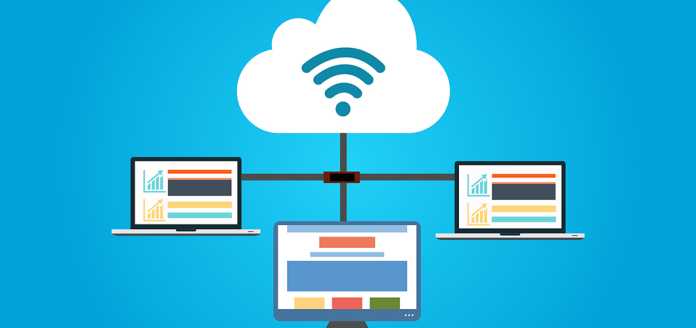A network of intelligent gadgets called SmartThings communicate with one another via the SmartThings hub. The hub works with hundreds of smart devices, including speakers, doorbells, security cameras, lighting, and much more. SmartThings is more than just a single hub for managing all of your devices; it also understands how to communicate with them and how to get them to work together.
Best Devices to Integrate with SmartThings
Hundreds of devices, including burglar alarms, smoke detectors, doorbells, bulbs, garage doors, kitchen white goods, soundbars, robot vacuums, security cameras, thermostats, door locks, speakers, and more, are compatible with SmartThings. It is undoubtedly the most complete environment for smart homes. Here are 6 of the best devices you can pair up with the SmartThings network.
1. Philips Hue
Currently, you can use a variety of third-party services, such as Spotify and applications like Hue Disco, to sync Philips Hue’s color-changing LED lights with music to create a disco effect in your house. There is also the $250 Sync Box, which can control the music experience, and Philips Hue’s own Hue Sync App, which runs on a PC.
You may use specifically automated scenarios to manage not only your Philips Hue smart lights but also all of your other smart home devices after you’ve connected Samsung SmartThings to Philips Hue. For instance, you can wake up to your own personal sunrise with a Wake-up routine in the Hue app as well as a freshly brewed cup of coffee.
2. Bose Speaker Systems
One of just two speaker companies that Bose’s majority of wireless speaker systems, is SmartThings compatible. Fortunately, Bose is a reputable company, has excellent quality, and provides a wide range of music listening options. Your entire music collection—including CDs, your saved music library, streaming services, and internet and AM/FM radio—is managed by the Bose SoundTouch Wave 4.
3. Ring Video Doorbell Pro
One of the top smart doorbells available is the Ring Video Doorbell Pro. It incorporates motion detection and alarms, and 1080p HD video for improved clarity, and even allows you to speak with the person standing on the other side of the door via a phone app. There’s no monthly fee to use Ring with SmartThings, but the Ring Video Doorbell Pro has a $3 per month per-device fee to store and view videos for up to 60 days.
4. Arlo Pro 2
Arlo Pro 2 is difficult to top if you want a security camera with a ton of fantastic features that you can operate from anywhere. Since it is wireless, there’s no need to hire someone to install it, and free cloud storage is included. Due to its dependability and superior functionality over other compatible cameras, this is a fantastic choice to integrate with your SmartThings network.
5. Samsung QLED TV
It should come as no surprise that the majority of recent Samsung smart TVs are SmartThings compatible, but the QLED line stands out as a standout option. The darks on this screen offer incredible depth, and 4K content is available. The Ambient Mode feature of the SmartThings app enables you to show pictures and artwork on the screen while you’re not viewing your favorite programs.
6. ecobee3 Lite Smart Thermostat
Installing and configuring the ecobee3 Lite Smart Thermostat with SmartThings is simple. You can save money on heating and cooling since it can automatically modify temperatures based on the circumstances of the space. This smart thermostat is compatible with dual-fuel, gas, electric, oil, conventional (2H/2C) and heat pump (4H/2C) HVAC systems.
Summing Up
While Apple HomeKit, Google Assistant and Amazon’s Alexa are all excellent ecosystems in their own way, what makes SmartThings great is its inclusivity. Almost everything works with SmartThings! What are your favorite devices to connect with SmartThings? Let us know in the comments section.









